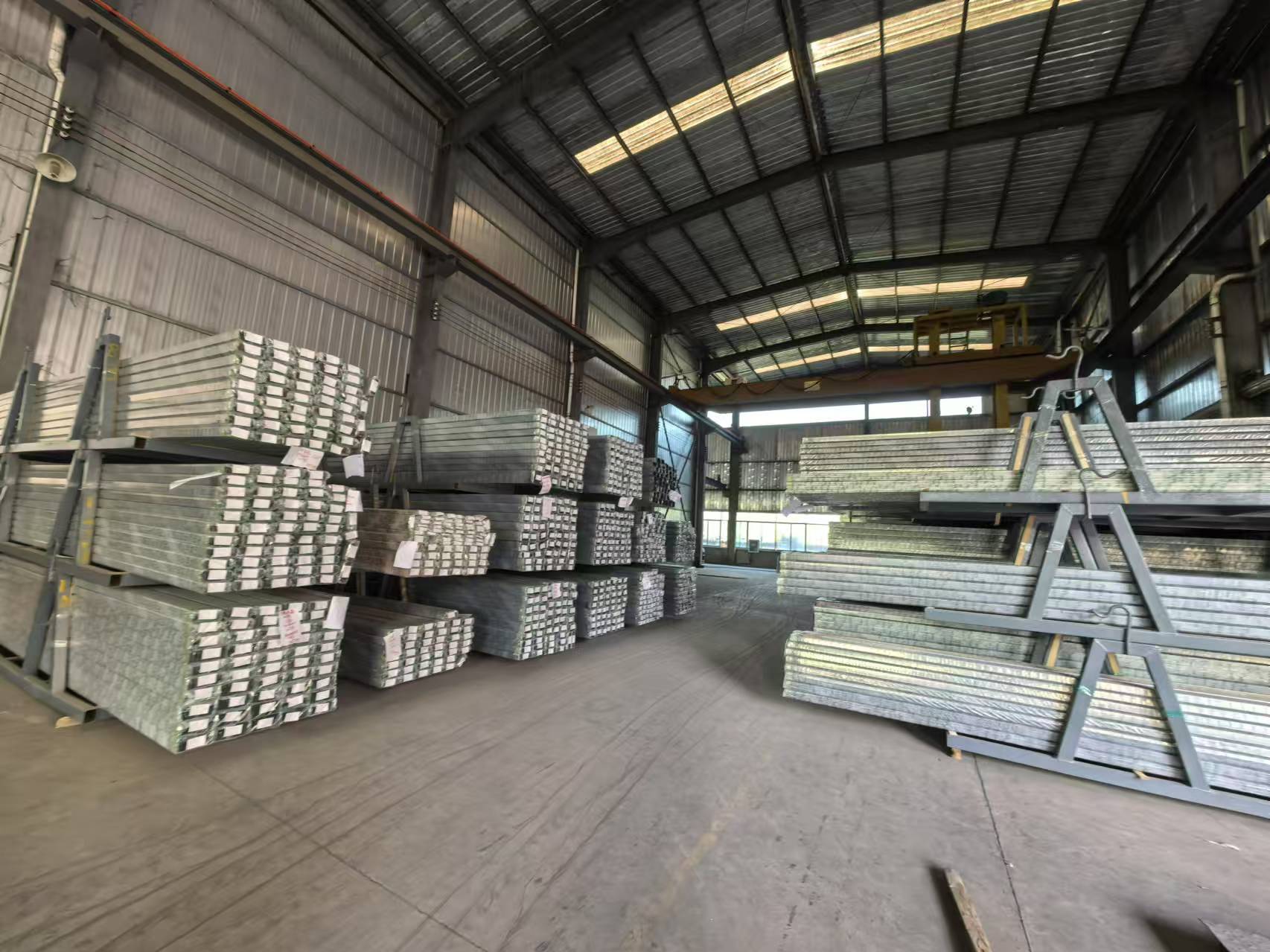Current Status
The Gulf Cooperation Council (GCC) countries, comprising Bahrain, Kuwait, Oman, Qatar, Saudi Arabia, and the United Arab Emirates (UAE), play a significant role in the global economy.
The GCC region is a global hub for aluminum production, characterized by:
Major Producers: Key players include Gulf Extrusions LLC (UAE), Aluminium Products Company (ALUPCO, Saudi Arabia), Arabian Extrusion Factory (UAE), and Al-Taiseer Aluminum Company (Saudi Arabia). These companies have annual production capacities exceeding 60,000 tons.
Output and Exports: The region is a major exporter of primary aluminum, aluminum alloys, and recycled aluminum. In 2023, GCC countries collectively accounted for approximately 10% of global aluminum production.
Energy and Location Advantages: The low-cost energy supply and strategic location at the crossroads of Europe, Asia, and Africa offer significant advantages for aluminum production and export.
Export and Import Trends: GCC countries export aluminum and aluminum alloys to diverse destinations, including the United States, Japan, the Netherlands, and Italy. In 2021, exports to the United States reached 710,000 tons, representing 16% of total exports. Aluminum and aluminum alloy imports, however, are more concentrated, with India and China accounting for a combined 87% of total imports.
Key Infrastructure Partnerships Driving Demand
Recent collaborations between China and Middle Eastern countries are poised to significantly increase the demand for aluminum and aluminum products in the GCC region. Examples include:
China-Arab States Cooperation Forum Projects: Infrastructure agreements under the Belt and Road Initiative (BRI) have led to the construction of ports, industrial parks, and urban development projects across GCC countries.
Abu Dhabi Khalifa Industrial Zone: The partnership between China and the UAE through the Khalifa Industrial Zone supports extensive infrastructure development, requiring substantial aluminum usage for structural components.
Oman’s Duqm Port Expansion: A Chinese-led consortium is involved in expanding Duqm Port, creating one of the largest logistic hubs in the region and driving the need for aluminum in logistics infrastructure.
Saudi Neom Project: This futuristic city includes large-scale smart infrastructure projects where aluminum is a critical material for sustainability-focused construction.
Challenges and Opportunities
Challenges: Smaller aluminum extrusion companies in the GCC often face issues related to economies of scale and competition from global players.
Opportunities: The growing demand for sustainable and lightweight materials globally, coupled with strategic infrastructure projects, positions GCC aluminum producers to expand their market share.
Visual Data
Table 1: Key Economic Indicators of GCC Countries (2023)
|
Country |
GDP ($ Billion) |
Population (Million) |
Aluminum Production (Million Tons) |
| UAE | 501 | 10.1 | 2.7 |
| Saudi Arabia | 1,061 | 36.2 | 1.5 |
| Qatar | 251 | 3.0 | 0.5 |
| Oman | 90 | 4.6 | 0.3 |
| Kuwait | 160 | 4.3 | 0.1 |
| Bahrain | 44 | 1.5 | 0.2 |
Table 2: Aluminum Production in GCC Countries (2023)
Table 3: Aluminum Extrusion Plants and Production Capacities in GCC Countries
Unit: 10,000 tons/year
Table 4: Trend of Aluminum Extrusion Imports to GCC from China(2014-2023)
PEST analysis
1,Political Factors
- Stability and Governance: GCC countries are known for their relatively stable political environments, with governance systems heavily influenced by monarchy-based leadership. Regional cooperation through the GCC strengthens collective bargaining power and policy coordination.
- Regulatory Environment: Policies encouraging foreign direct investment (FDI) and industrial diversification have been a priority, particularly in the UAE and Saudi Arabia. Free trade agreements and favorable export policies bolster the region’s economic activities.
- Geopolitical Challenges: While relatively stable, the region faces geopolitical tensions, such as the Qatar diplomatic crisis, which can impact investor confidence and trade flows.
2,Economic Factors
- Economic Diversification: Overreliance on oil exports has driven GCC nations to diversify their economies. Initiatives like Saudi Vision 2030 and the UAE’s industrial strategy aim to reduce dependence on hydrocarbons.
- Energy Cost Advantage: GCC countries benefit from some of the world’s lowest energy costs, a critical factor in the competitiveness of energy-intensive industries like aluminum production.
- Key Statistics: As of 2023, the combined GDP of GCC countries was approximately $2.5 trillion, with non-oil sectors contributing around 40%.
3,Social Factors
- Demographics: The region’s population, characterized by a high percentage of expatriates, drives demand for infrastructure, housing, and consumer goods.
- Workforce Dynamics: GCC countries rely heavily on foreign labor, including skilled and unskilled workers, for industrial operations.
- Cultural Shifts: Increasing urbanization and modernization are influencing consumer behavior, with a growing focus on sustainability and innovation.
4,Technological Factors
- Innovation and R&D: GCC countries are investing in technology to enhance industrial productivity and sustainability. Smart manufacturing and automation are being adopted in sectors like aluminum production.
- Digital Transformation: Governments are emphasizing digital initiatives, including the development of smart cities and the adoption of advanced logistics systems.
Conclusion
The GCC region’s aluminum industry is poised for growth, underpinned by low energy costs, strategic location, and investments in innovation. Increasing collaborations with China in infrastructure projects further emphasize the growing demand for aluminum products. While challenges remain, the focus on sustainability and economic diversification presents significant opportunities for future development.
.jpg)
Post time: Dec-28-2024







